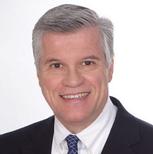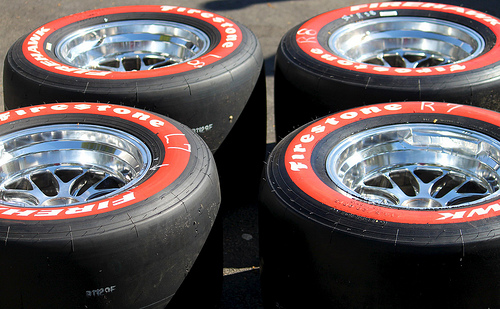A husband and wife in their 80s recently asked me to design a portfolio for them. Ordinarily, that wouldn’t be a daunting challenge, but circumstances spurred a need for some creative thinking.
A few years ago, an advisor would take the measure of these old folks and summarily usher them into a fixed-income portfolio. After all, as recently as early 2007, one-year Treasury bills were yielding over 5%, a perfectly adequate spread over an inflation rate that was hovering around 2%.
Today, the inflation rate is about the same, but one-year Treasuries are yielding an astoundingly paltry 0.13% – virtually nothing.
And there is no solution to this rate problem by extending the term for my new clients. At ages 84 and 82, they couldn’t incur the very likely risk of interest rates significantly rising – and their principal correspondingly declining. The appropriate term for their portfolio was a short one.
And, oh, there was another complication. The sum total of their liquid assets was $130,000, which included the proceeds from a recently-sold house.
My goodness, what to do with these people? They came in not having the slightest idea where to invest their meager life savings, so I had a notion to tell them to simply go to a bank and put it in a certificate of deposit. But they wanted more than the sub-half percent currently being offered by the local banks.
And then I perceived that what they really wanted was simply the reassurance of knowing that a professional advisor had told them what to do.
In this situation, an advisor finds himself in a quandary. These people needed to preserve every remaining cent that they had. But how was I going to give their portfolio the boost they desired while short-term rates are yielding zilch?
If there would be a solution at all, it would have to be a creative one.
“Do you have a brokerage account?” I asked.
They both shook their heads. Bad news for the advisor, especially if his conscience began to needle him. Any creative solution, if one could be found at all, would require a brokerage account.
“Where is your money now?” I asked.
“It’s all in our checking account.”
Now I was feeling downright sorry for them, and I couldn’t fight off the little voice in my head that was telling me to do what I knew I shouldn’t. I caved. Not only would I be setting up a brokerage account for them, but I’d also be managing it – for practically nothing. Their tiny portfolio wouldn’t be able to withstand my normal fee.
Empathy got the best of me. I told them I’d design a portfolio that I would also manage for them. As the words came out of my mouth, I knew I’d kick myself later. My wife eased the initial regret by telling me it was a nice thing to do. And really, it was a lone, isolated, single exception (I say that now…Lord, make it so) for what I knew would be a simple portfolio that would require the lightest of management.
But still, there remained the challenge of pairing safety with a return that was better than most CDs. Here’s what I came up with:
I went online and found a one-year CD yielding 1.05%. Because safety was paramount for these clients, 80% of their money went into this FDIC-insured investment.
To juice the return a bit, we set up a brokerage account and put their remaining 20% in the Guggenheim BulletShares 2014 High-Yield Corporate Bond ETF (BSJE). It yields 3.58% annually, based on an average of its three most recent monthly distributions. Sure, as a junk bond fund it’s riskier than a CD, but its holdings mature next year, and that doesn’t leave much time for any bond defaults. And it’s diversified, with only four bonds (from distinct issuers) constituting more than 2% of the fund.
The weighted-average return of this portfolio is a little over 2%. For this couple, considering their age and limited resources, beating inflation really wasn’t the priority. They mostly just needed to hang on to their principal. But it made them feel good to hear that their portfolio would, at least at today’s rate, keep up with any increase in the cost of living.
This portfolio design gave them what they wanted: An acceptable return with a suitable measure of risk. The small, one-time fee that I charged them, which included my time for managing it ad infinitum, didn’t do much for me. But I knew that they needed to pay something and not perceive my services to be an act of charity. They were proud people, and that’s another reason I couldn’t resist helping them.
The investments discussed are held in client accounts as of August 31, 2013. These investments may or may not be currently held in client accounts. The reader should not assume that any investments identified were or will be profitable or that any investment recommendations or investment decisions we make in the future will be profitable.



